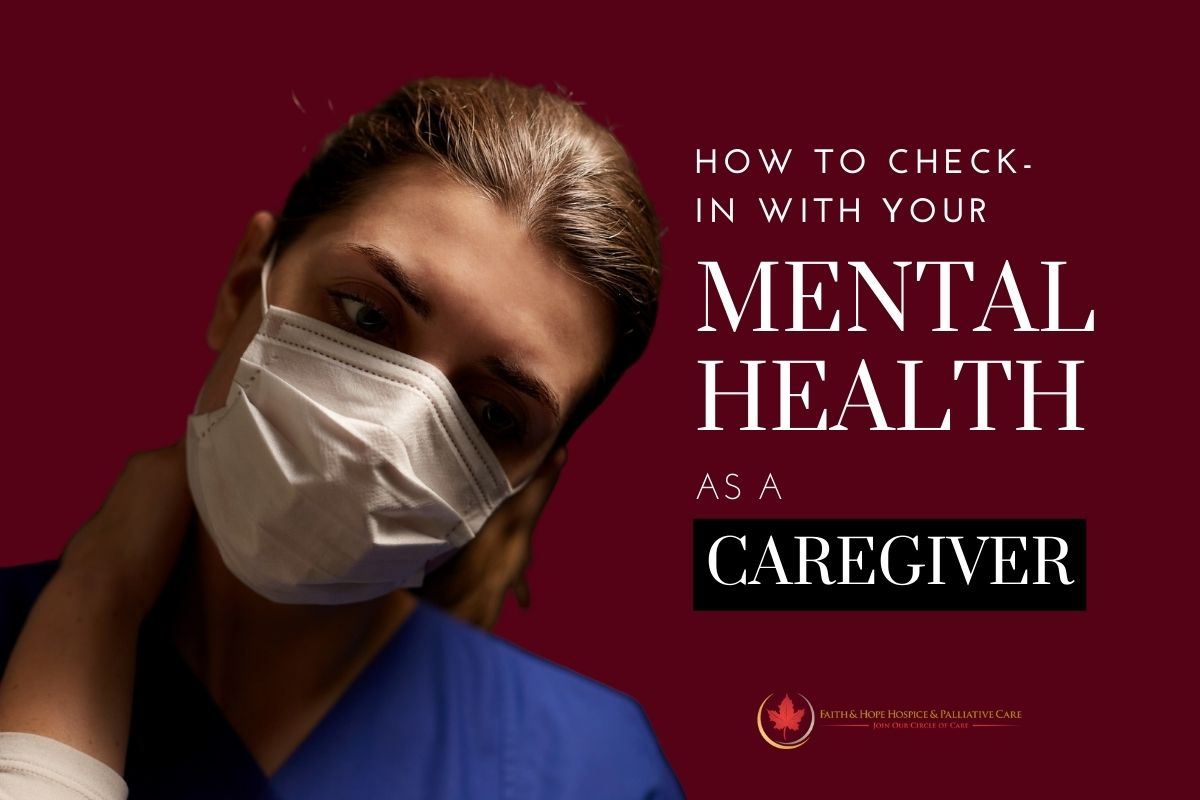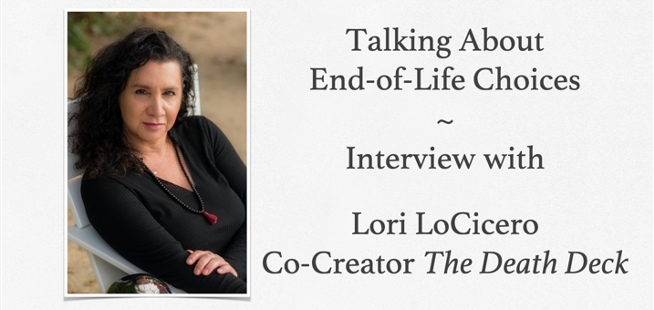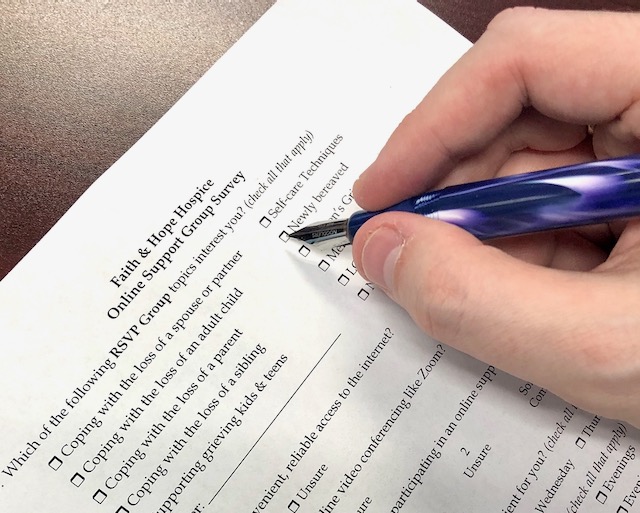Information Archives – Faith and Hope Hospice
- By: administrator
- Blog, Information
- No Comments
How to Check-In With Your Mental Health as a Caregiver
Being a caregiver to a Los Angeles hospice care patient is no easy feat but something that is done purely out of compassion for those in need. It is truly a calling and quite an admirable one. It is a highly demanding job and perhaps one of the most difficult. That is why if you
- By: administrator
- Blog, Information
- No Comments
How To Be An Advocate for Your Loved One’s Health
If your loved one is battling a serious health crisis or just living in a long-term care Los Angeles setting, it can be very beneficial to have a family caregiver working as a spokesperson on their behalf. The nurses attending to those in hospice in Los Angeles Ca tell us that when someone is aging
- By: administrator
- Blog, Information
- No Comments
What Should You Do to Help CHF Patients?
The palliative and hospice care team of Faith and Hope serving Burbank, Glendale, and Pasadena fully understands that congestive heart failure (CHF) is a chronic, progressive condition that, makes it a challenge for the heart to pump blood throughout the body. It is the main cause of hospitalization for those over sixty-five years old. What’s
- By: administrator
- Blog, COVID, Information
- No Comments
COVID Conversations: Talking About End-of-Life Choices
Faith & Hope Hospice in Pasadena is dedicated to providing the best hospice care Los Angeles county has to offer and bringing helpful information to our clients and community. That’s why we are presenting COVID Conversations: a web series on coping through the pandemic with interviews conversations and information. In this edition of COVID Conversations,
- By: administrator
- Information, Uncategorized
- No Comments
Support Group Survey
Faith & Hope Hospice in Pasadena seeks to expand the grief support services that we offer, while adapting to changes caused by the COVID-19 pandemic and other crises. We are currently looking to offer support groups for people coping with grief. Support groups can be an effective way to cope with grief. Many people find that
- By: administrator
- Blog, Information, Uncategorized
- No Comments
Faith & Hope Hospice in Pasadena is Hosting our Annual Toy Drive!
Faith & Hope Hospice, the best hospice Los Angeles County has to offer, is now hosting our annual holiday toy drive. We hope you can help! This year, we are donating to the City of Hope 2019 Pediatric and Adolescent & Young Adult Christmas Wish List. Click here for a list of suggested gifts. (Hint: Gift
- By: administrator
- Blog, Information
- No Comments
The Best Hospice in Los Angeles for Holistic End-of-Life Care and Support
Faith & Hope, identified as the best hospice in Los Angeles, provides comprehensive, comfort-focused care to individuals who are near the end of their life. It aims to help patients make the most of this critical period with as little pain as possible. Aside from those with functional decline and limited mobility due to old
- By: administrator
- Blog, Information
- No Comments
Annual Canned Food Drive
Hope everyone is ready for the upcoming Holiday Season! Beginning now, Faith & Hope Hospice and Palliative Care in Los Angeles, CA will be leading our annual canned food drive and would appreciate everyone to donate what they can of any closed canned food items. This year, we are donating to Alexandria House, a non-profit
- By: administrator
- Blog, Information
- No Comments
Self-Care and Mindfulness Meditation Workshops
Self-Care and Mindfulness Meditation Workshops Faith and Hope Hospice is hosting two workshops in June. All are invited, and the workshops are free of charge. Self-Care: Monday, June 3, 2019 @ 1:30-5:30pm Presented by: Reid Jacobs, APHSW-C, MSW, Bereavement Services Coordinator; Reid has over twelve years of experience in hospice and end of life care, including








